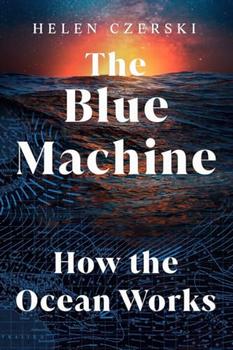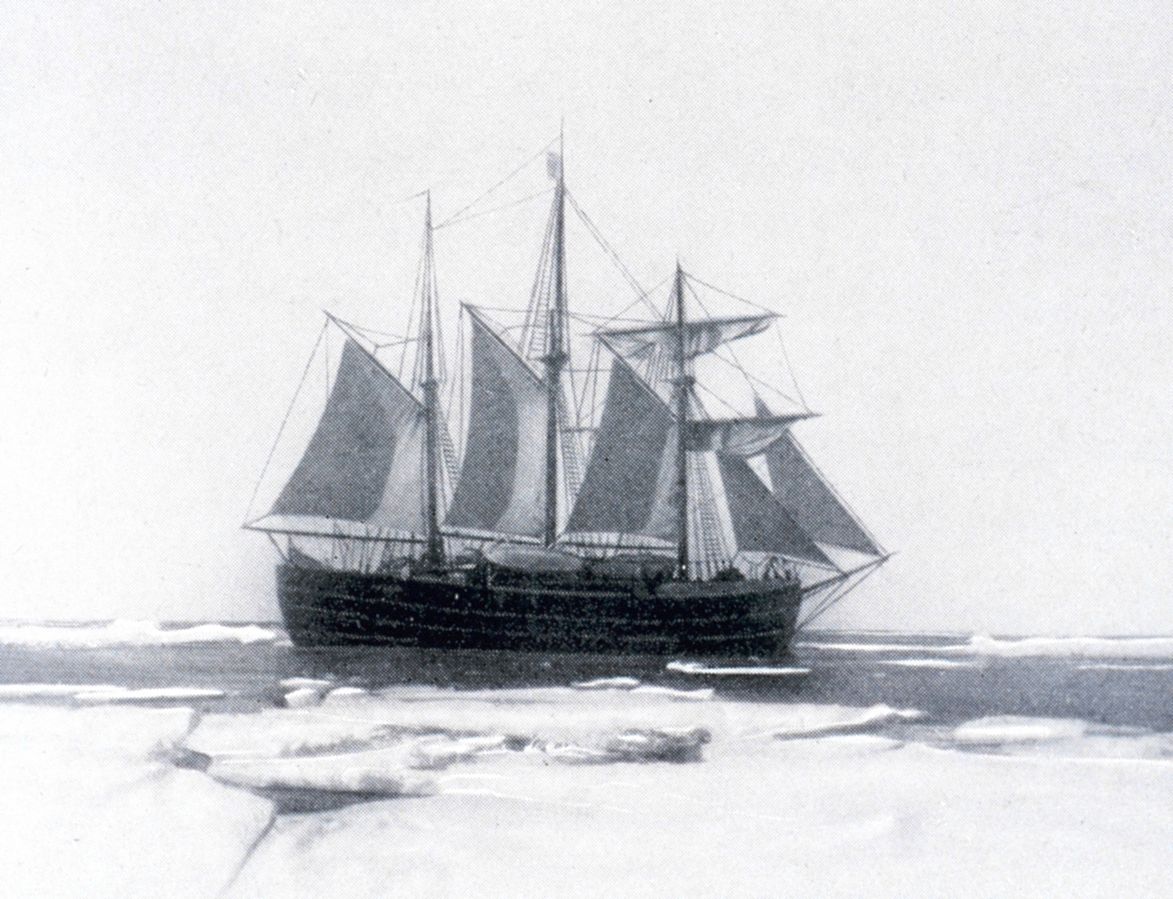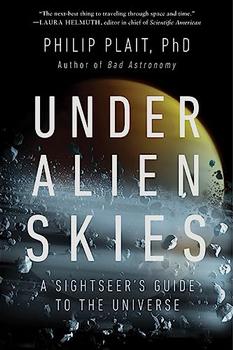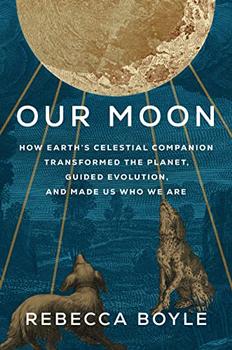Summary | Excerpt | Reviews | Beyond the book | Read-Alikes | Genres & Themes | Author Bio

How the Ocean Works
by Helen CzerskiA scientist's exploration of the "ocean engine"—the physics behind the ocean's systems—and why it matters.
All of Earth's oceans, from the equator to the poles, are a single engine powered by sunlight, driving huge flows of energy, water, life, and raw materials. In The Blue Machine, physicist and oceanographer Helen Czerski illustrates the mechanisms behind this defining feature of our planet, voyaging from the depths of the ocean floor to tropical coral reefs, estuaries that feed into shallow coastal seas, and Arctic ice floes.
Through stories of history, culture, and animals, she explains how water temperature, salinity, gravity, and the movement of Earth's tectonic plates all interact in a complex dance, supporting life at the smallest scale—plankton—and the largest—giant sea turtles, whales, humankind. From the ancient Polynesians who navigated the Pacific by reading the waves, to permanent residents of the deep such as the Greenland shark that can live for hundreds of years, she introduces the messengers, passengers, and voyagers that rely on interlinked systems of vast currents, invisible ocean walls, and underwater waterfalls.
Most important, however, Czerski reveals that while the ocean engine has sustained us for thousands of years, today it is faced with urgent threats. By understanding how the ocean works, and its essential role in our global system, we can learn how to protect our blue machine. Timely, elegant, and passionately argued, The Blue Machine presents a fresh perspective on what it means to be a citizen of an ocean planet.
It's an ambitious book, breaking an incredibly complex global "machine" into parts that the layperson can grasp. Czerski uses a wide variety of examples to illustrate her points and relate the science back to ideas more familiar to readers. While this demonstrates just how connected the ocean is to all aspects of life on Earth, the rapid topic shifts sometimes distract from the main ideas she is describing. Unlike many popular ocean science books, the focus is firmly on physics rather than biology—though she discusses ocean life extensively, it is always in terms of how it is shaped by its environment. I would highly recommend this book to readers interested in ocean science, both for its own sake and to give global context to more narrowly focused books on the topic...continued
Full Review
(717 words)
This review is available to non-members for a limited time. For full access,
become a member today.
(Reviewed by Katharine Blatchford).
 Helen Czerski's book The Blue Machine explains how Earth's oceanic system functions, including some discussion of the work that went into discovering that information. A few expeditions that contributed greatly were those of the Norwegian ship the Fram, which explored the Arctic and Antarctic oceans in the late 19th and early 20th centuries.
Helen Czerski's book The Blue Machine explains how Earth's oceanic system functions, including some discussion of the work that went into discovering that information. A few expeditions that contributed greatly were those of the Norwegian ship the Fram, which explored the Arctic and Antarctic oceans in the late 19th and early 20th centuries.
In June of 1881, the USS Jeanette was trapped in ice north of Siberia. The crushing power of the ice damaged the ship badly enough that the crew were forced to abandon it, and it subsequently sank. Later, debris from the ship was found on the Greenland coast, 2,900 nautical miles from where it was lost. This led Norwegian scientist Henrik Mohn to theorize the existence of a current running from east...
This "beyond the book" feature is available to non-members for a limited time. Join today for full access.

If you liked The Blue Machine, try these:

by Philip Plait
Published 2024
A rip-roaring tour of the cosmos with the Bad Astronomer, bringing you up close and personal with the universe like never before.

by Rebecca Boyle
Published 2024
Our Moon invites us to reexamine our relationship with our closest cosmic companion.
The moment we persuade a child, any child, to cross that threshold into a library, we've changed their lives ...
Click Here to find out who said this, as well as discovering other famous literary quotes!